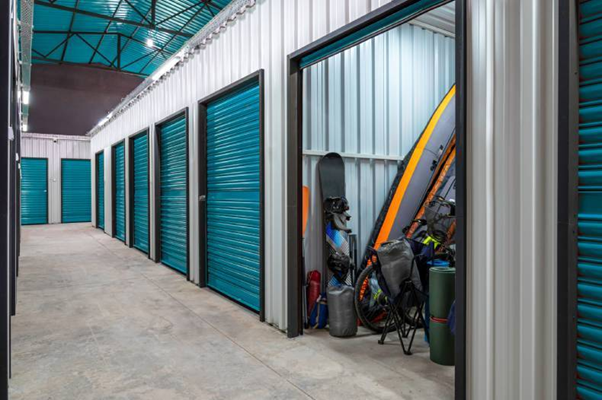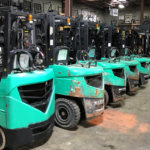When renting a storage unit, security and safety should be top priorities. Whether you are storing personal items, business inventory, or valuable belongings, ensuring the protection of your possessions is crucial. This article explores the essential factors to consider regarding security and safety when selecting a storage unit.
1. Facility Security Measures
Surveillance Systems
One of the primary indicators of a secure storage facility is a comprehensive surveillance system. Look for storage units equipped with high-definition security cameras that monitor the premises 24/7. Modern facilities often employ advanced technology, including motion detectors and night vision cameras, to ensure all areas are covered. Verify that the surveillance footage is stored securely and can be accessed by facility management in case of incidents.
Access Control
Access control systems are another critical component of security. A well-managed facility should use electronic gate access, requiring a unique PIN code or keycard to enter. This system helps prevent unauthorized access and ensures that only individuals with valid credentials can enter the premises. Additionally, check if the facility has restricted access hours and if it allows only authorized personnel to access specific areas.
2. On-Site Staff and Management
On-Site Security Personnel
Facilities with on-site security personnel provide an additional layer of protection. Security guards or facility managers who are present during business hours and conduct regular patrols enhance the safety of the storage units. Their presence acts as a deterrent to potential intruders and ensures immediate response in case of emergencies.
Professional Management
Professional management is indicative of a well-maintained and secure storage facility. Experienced managers are more likely to enforce strict security protocols and address any potential issues promptly. When visiting the facility, inquire about the management team’s experience and their approach to maintaining security standards.
3. Facility Maintenance and Infrastructure
Well-Lit Areas
Proper lighting is essential for both security and safety. Ensure that the facility has adequate lighting in all areas, including hallways, access points, and parking lots. Well-lit environments reduce the risk of accidents and discourage unauthorized activities. A well-maintained facility should replace any broken or malfunctioning lights promptly.
Structural Integrity
The structural integrity of the storage units and the facility itself is a key factor in ensuring the safety of your belongings. Check for any signs of wear and tear, such as broken locks, damaged doors, or compromised walls. A secure facility should invest in regular maintenance to address any potential vulnerabilities in the building’s structure.
4. Insurance and Liability
Facility Insurance
Before renting a storage unit, review the facility’s insurance coverage. Reputable storage companies typically carry insurance that covers damage to the property caused by events such as fire, theft, or natural disasters. Ensure that the facility’s insurance policy meets industry standards and provides adequate coverage for your belongings.
Tenant Insurance
In addition to facility insurance, consider obtaining tenant insurance for your stored items. This type of insurance protects your possessions from potential risks that may not be covered by the facility’s insurance policy. Tenant insurance provides peace of mind by offering coverage for loss or damage due to unforeseen circumstances.
5. Personal Security Measures
Secure Locking Mechanisms
When renting a storage unit, use a high-quality lock to secure your unit. Disc locks or combination locks are recommended due to their durability and resistance to tampering. Avoid using standard padlocks, as they may be easier for thieves to bypass. The facility may also offer rental locks, but investing in your own secure lock provides an added layer of protection.
Inventory and Documentation
Maintaining an inventory of the items stored in your unit is a prudent practice. Documenting the contents of your storage unit and taking photographs can be beneficial for insurance purposes and for tracking your belongings. Regularly updating your inventory list helps ensure that all items are accounted for and simplifies the process in case of any disputes or claims.
Conclusion
Selecting a secure and safe storage unit requires careful consideration of various factors. By evaluating the facility’s security measures, on-site staff, maintenance practices, insurance coverage, and implementing personal security measures, you can ensure that your belongings are protected. Prioritizing these aspects will provide peace of mind and safeguard your possessions while they are stored away.




